The Essence of Bankim Chandras
Krishina Charitra
Translated from Bengali by Alo Shome

Published by:

F-2/16, Ansari Road, Daryaganj, New Delhi-110002
 011-23240026, 011-23240027 Fax: 011-23240028
011-23240026, 011-23240027 Fax: 011-23240028
Email:
Regional Office :
Hyderabad Mumbai
Follow us on: 


For any assistance sms VSPUB to 56161
All books available at www.vspublishers.com

Copyright:
ISBN 978-935-05726-6-5
Edition: April 2011
The Copyright of this book, as well as all matter contained herein (including illustrations) rests with the Publishers. No person shall copy the name of the book, its title design, matter and illustrations in any form and in any language, totally or partially or in any distorted form. Anybody doing so shall face legal action and will be responsible for damages.
Dedicated to
The memory of my grandparents
Sri Nalin Bihari Dutt
&
Smt Salila Bala Dutt
Acknowledgements
Sincere thanks to Sri Ram Avtar Gupta, Chairman, PustakMahal, for supporting my project and encouraging me to complete it.
My homage to Mahamahopadhyaya Anantalal Thakur for translating Bankim Chandras Sanskrit passages into English for my use.
Thanks to Manjushree Choudhary for her gracious assistance.
My gratitude to Sri Samir Kumar Shome, my husband, for his support, appreciation, encouragement and love.
Affection to my children and to other relatives and friends for their constant goodwill and understanding.
Special thanks to Sri Subas Maitra for his kind and optimistic appraisals, his steady guidance and insightful editorial skills.
Declaration
Bankim Chandra hadurritten his book, Krishna Charitra, in the first person. Allthe interpretations in the book are Bankim Chandras own. The translator does not take any credit for the opinions expressed in the narration, even when they are stated as Ifeelor in my opinion.
The translators individual comments appear only in footnotes, Translators Notes and Translators Epilogue.
Contents

Life and Personality of Bankim Chandra
B ankim Chandra was the youngest of three sons of Durgasundari Devi and Jadav Chandra Chattopadhyaya. He was born in Kanthalapara, near Kolkata, on 26th June 1838. Jadav Chandra was a Deputy Magistrate and a man of culture. Sanjeev Chandra, one of Bankims elder brothers, was a renowned writer, specially remembered for his fascinating travelogue, Palamou.
After a rigorous schooling in a convent school in Medinipur till July 1856, Bankim entered the Calcutta Presidency College to study law. In 18 57, he took the very first entrance examination held by Calcutta University, clearing it in the first division. He appeared for the BA examination in 1858 but failed to clear one out of six papers Bengali! Both he and Jadunath Basu were awarded the degree, however, as the first graduates of the University after being given seven grace marks each in Bengali. The examiner was Ishwar Chandra Vidyasagar.
After his studies, Bankim Chandra served the government as Deputy Magistrate and Deputy Collector and showed considerable proficiency in his work in spite of his periodic conflicts with the bureaucracy.
According to the custom in his time, he was married to a five-year-old girl when he himself was eleven. A decade later, one year after the death of his first wife, he married Rajlakshmi Devi, who became his true life partner.
Bankims first novel, Rajmohans Wife (1864), was in English. His first novel in Bengali, Durgesh Nandani, was published in 1865- Some of his other masterpieces are Kapal Kundala, Mrinalini, Devi Chaudharani and Ananda Math. Throughout his writing career, Bankim contributed excellent articles to various newspapers and magazines. His work covered many subjects politics, economics, social sciences, religion, philosophy and popular science.
In 1891, Bankim took premature retirement from service on health reasons and devoted the rest of his life mainly to the study of religious subjects. He died on 8th April 1894 at the age of fifty-six.
Paying tribute to Bankim Chandra, Tagore said that he did not write for fame but to express the noblest and the most beautiful thoughts of a cultured mind in the finest of words.


Introduction to Bankim Chandras Krishna Charitra
S ri Aurobindo had called Bankim Chandra a rishi.
In 1882, Reverend Hastie, a Scottish missionary, began to publish severe criticisms on Hinduism in The Statesman. Bankim decided to challenge his accusations. Under the pseudonym of Ram Chandra, he replied with vigour to the missionarys charges in the columns of the same paper. Until then, Bankim had made his name as a literary stylist. But from that time onwards, he turned more and more into a spiritual thinker. He devoted the last years of his life to examining the essence of religion and putting them in writing.
Sri Krishna is an enormous Indian icon for more than three thousand years. He represents love, devotion, wisdom and beauty. Bankim Chandra eagerly took up the study of Sri Krishna in Indias vast cosmology. Bankim Chandras Krishna Charitra is the longest and the most famous of his works in this category.
Krishna Charitra is a wonderful classic and a great work that showcases intense erudition. While translating, however, I have left out certain portions, some small and some large, ofthat wonderful effort, as I felt that, for the readers I have in mind, they would be too lengthy and obscure.
Bankim Chandra has been exceedingly thorough in his undertaking. He discusses roots of words at length to seek out their real meanings, compares statements by Sanskrit scholars, declares his own judgements on them, and reflects on philosophical concepts. He does all this to defend his thesis. Moreover, he simultaneously deals with the difficult task of convincing a large readership of 19th century Bengal, immersed in Krishna-bhakti, of the validity of his search for Sri Krishna, the real person, hidden behind centuries of myths and legends.

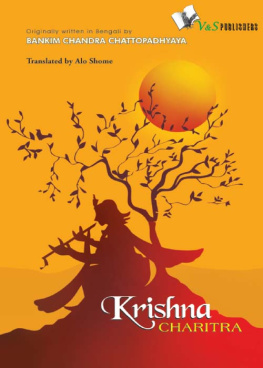

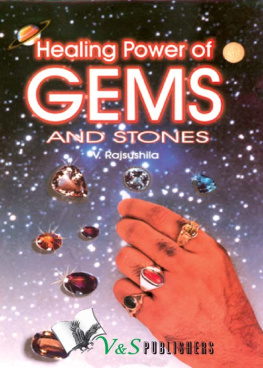
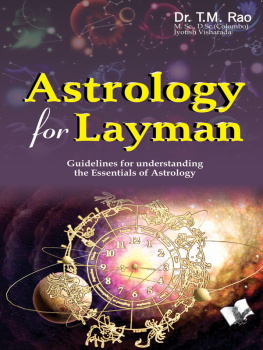
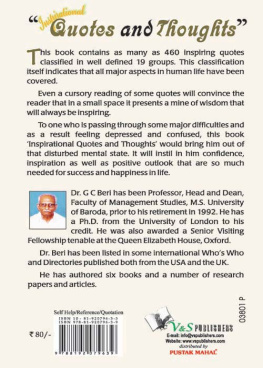
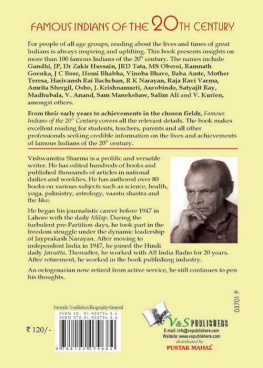
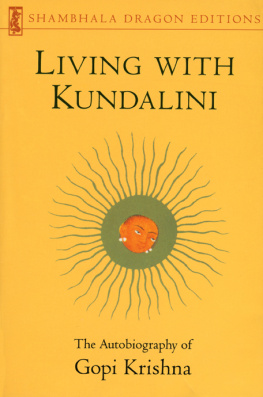
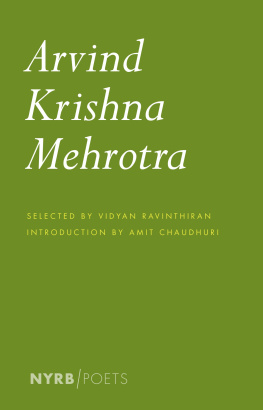
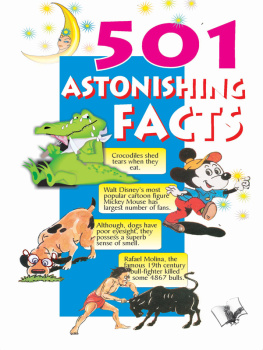




 011-23240026, 011-23240027 Fax: 011-23240028
011-23240026, 011-23240027 Fax: 011-23240028





